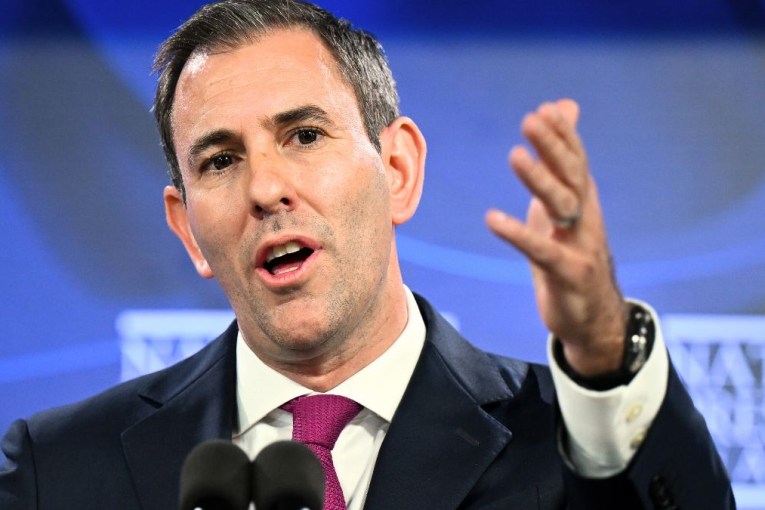Savings accounts that beat inflation: Fresh benefits for workers after latest rates hike


Some savings accounts now top inflation, but not at the major banks. Photo: TND
Interest rates are on the rise again, but it’s not all financial pain for households, with some banks passing on higher rates to savers that are managing to outpace elevated inflation.
Analysis published by Canstar shows there are now seven savings accounts nationwide offering higher rates than inflation (5.4 per cent), with the latest rate hike adding another 0.25 percentage points for savers.
Chief among them is RadoBank’s 5.6 per cent introductory rate, which is available for four months upon sign up on balances of up to $250,000 before reverting back to 4.2 per cent.
The highest ongoing rate is being offered by ME Bank’s savings account at 5.55 per cent, with conditions including a $2000 balance that must grow, limited to $100,000 at once.
Canstar’s editor-at-large and money expert Effie Zahos said it’s taken a long time for a tranche of savings accounts to emerge that are outpacing inflation.
“Until recently, money in the bank was going backwards,” she said.
“Interest rates on savings accounts were struggling to keep up with inflation. As the cost of living continued to bite, the purchasing power of our savings was softening.”
The top savings rates are far higher than those available at the major banks, which have still failed to pass on the breadth of RBA rate hikes to all their account holders, despite posting huge profits.
Even small rate differences add up when it comes to saving more money, Zahos said, with the gap between a 4.5 per cent and market-leading rate proving significant over the medium to long term.
For example, someone with $50,000 in an account with a 4.5 per cent rate could be paid $2300 in interest over a 12 month period, but that same person would earn $550 more on a market leading rate.
Even Australians with a smaller balance like $10,000 would earn $367 more in a year if they moved from the lowest rate on the market to the best one, Canstar’s analysis found.
“You’d earn next to nothing if you had your money in the lowest-paying account, but even having your savings stashed in a bonus savings account with an average rate of 4.5 per cent would potentially provide mediocre returns compared to the top-paying savings rates,” Zahos said.
What to watch out for
Be careful when switching savings accounts though, because the highest returns also usually come with conditions like growing your balance, or are an introductory rate that will eventually revert.
But if you manage to tick the right boxes the rewards are on the table and could even benefit you depending on your circumstance.
For example, younger Australians can earn 5.5 per cent at Great Southern Bank for balances up to $5000. The benefit of this offer is that those under 18 don’t need to meet any other conditions.
There are, however, still tax implications for all Australians earning more interest on their savings.
Zahos said you’ll pay more tax if you earn more interest when you file your 2023-24 tax return.
“Soaring interest rates may be good news for savers but higher rates do mean a potentially bigger tax bill,” she said.
“It’s a problem savers probably haven’t had to address for some time. Typically you don’t pay tax on any interest you earn until you do your tax return.”








